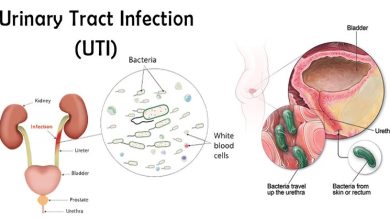The Importance of Clinical Supplies in Your Pharma Development Plan

When it comes to putting together and implementing a robust pharma development plan it is often the case that the focus on the planning process for clinical supplies takes a back seat. It is not that uncommon for that side of the process to be left alone until the clinical programme has already been agreed to and when the time is already running out. In many cases, you might have less than a month to get supplies to clinics from that first day that discussions are had about the process. This can be a costly experience all round, and lead to off-the-shelf solutions that are not to as high a standard as they could or should be if this planning stage was discussed and delivered earlier on in the process.
This short timeframe for delivery of clinical supplies is why we so often see these off-the-shelf solutions provided by pharma, utilising great technology and equipment we must add. This isn’t in and of itself a bad thing, as the technology exists to speed up the process in these situations, but when it becomes the norm, it can lead to financial problems in the long-term and it can become a difficult process to unravel and examine if necessary.
One of the biggest problems with the approach of a shorter timeframe is that there is a real need to use the correct packaging to protect the product, both chemically and physically, from any external factors. In most cases, this will mean that there is a tried and tested material used to build and implement this barrier to the outside environment. The idea is that this allows the best chance for the product to have a shelf life where data can be generated and analysed. For some, this approach is more about the shelf life and getting the product on shelves, rather than looking at the longer-term goals of the product itself and how successful it is in clinic and with the wider marketing authorisations. There has to be a balance between the two.

It is important to work with a pharma supply chain company that understands how important the future supply chain is, and doesn’t just look for the quick win where a product can be packaged and put on the shelves within 30-days, no matter what type of product it is or what the end goal is for the developer. Caution must always be applied with a brand-new pharma product, and in many instances, this will require longer than a short turnaround just for the sake of getting a product on the shelf.
A more effective approach for the long-term sustainability of a robust pharma development plan is to take each new product on its merits and to deliver a product that is protected by high quality materials that makes sense for its unique properties and isn’t just a catch-all that is used for any and all products going to market. These initial decisions will have an impact on the future supply chain, so it pays to make the right decisions at this point in the process.






